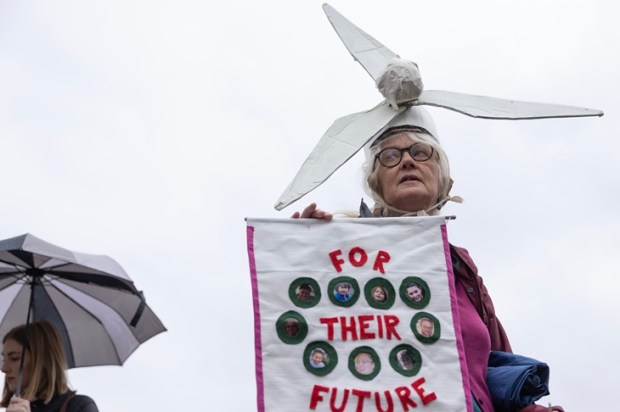The announced closure of Incitec Pivot’s Gibson Island fertilizer plant is a sobering reminder that there is a global trend back to a period of food insecurity that will be aggravated by the de-carbonisation of fertilizer manufacture.
The Green Revolution of the sixties and seventies involving high-yielding plant varieties and the application of nitrogenous fertilizers has made periodic famines less frequent. Despite this, the 17 United Nations Development Goals rank the avoidance of food deficiencies as the second most important goal, sitting behind the ‘avoidance of poverty’ as number one. Actions to reduce the impact of climate change is ranked thirteen.
We know that the use of nitrogenous fertilizers contributes 40 per cent to global food supplies, now barely feeding a population of eight billion. With a conservative estimate of another two billion people by 2050, these fertilizers are the key to providing 50 per cent of mankind’s food needs.
Using atmospheric nitrogen and hydrogen to produce ammonia was developed in the late eighteen hundreds as the Haber Bosch process – initially using methane from coal gas and in the last fifty years, from natural gas. The release of carbon dioxide is a by-product of this process.
Ammonia can be produced using the Haber Bosch process with atmospheric nitrogen and hydrogen,with the hydrogen coming from the electrolysis of water. Volume production of fertilizers will require a massive investment in hydrogen at a level that dwarfs any industrial manufacturing process currently existing.
Demand for ammonia will also increase exponentially, not only for fertilizers, but also for transport. Hydrogen fuel cell technology is likely to rely on ammonia as the carrier that is further processed to use hydrogen as an energy source before releasing nitrogen back into the atmosphere. This will make nitrogenous fertilizers prohibitively expensive and end the era of relatively low-cost food.
Claims that we can produce hydrogen for US $2.00/kg are fanciful when in Australia we are now paying AUD $0.35/KWH in regional New South Wales.
Within the western world, the cost of food as a share of household income is 7 to 10 per cent, whereas in Africa, the Middle East, and South Asia it is often up to 50 per cent. Further price increases are a guarantee of a return to periodic famines. It is for this reason that genuine lesser developed countries such as Pakistan, India, and most of Africa will not support policies that de-carbonise fertilizer manufacture.
Australian agriculture will find it difficult to be competitive with hefty cost increases for fertilizers, fuel, and freight while our share of household income required to feed the domestic market will be much higher.
It is likely that Russia will seize this opportunity to further develop its natural gas resources, including the technology to mine methane hydrates, to not only power the European Union, but become a global supplier of nitrogenous fertilizers.
This is yet another example of the demise of an Australian industry being replaced by increased production from the expanding socialist regimes of China and Russia.
Got something to add? Join the discussion and comment below.
Get 10 issues for just $10
Subscribe to The Spectator Australia today for the next 10 magazine issues, plus full online access, for just $10.

























Comments
Don't miss out
Join the conversation with other Spectator Australia readers. Subscribe to leave a comment.
SUBSCRIBEAlready a subscriber? Log in